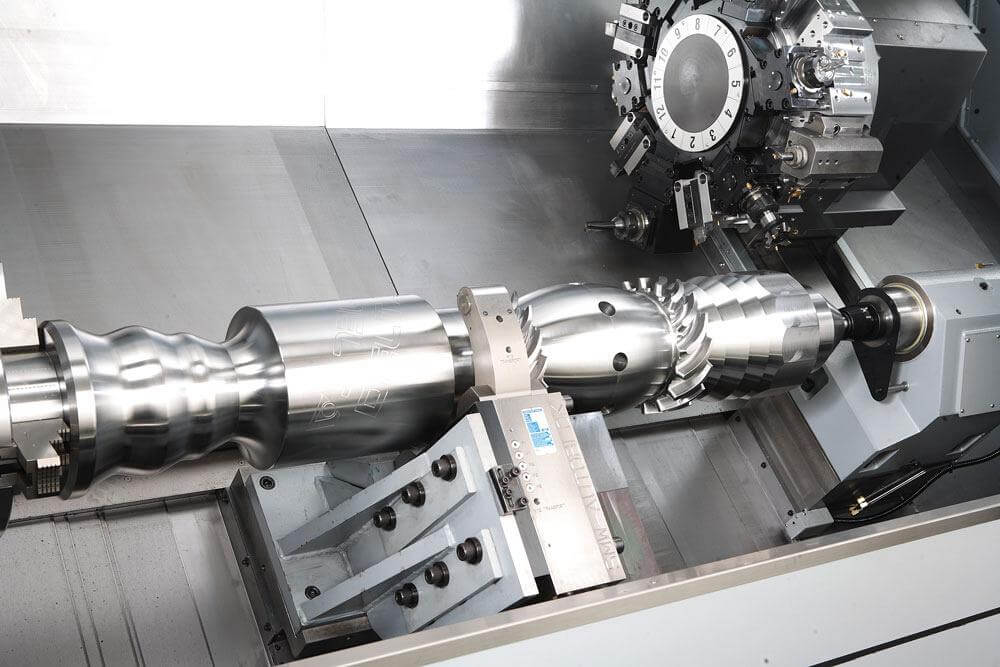Turning parts manufacturing: A Comprehensive Guide
In the vast world of component manufacturing, one specialized process stands out for its precision and versatility: turning parts manufacturing. This technique, often associated with brass turning parts and other metals, is a cornerstone of industries ranging from automotive to aerospace.
As we delve into the intricacies of this manufacturing method, we’ll explore its significance, applications, and the value it brings to businesses.
1.Turning Parts Manufacturing Basics
Turning parts manufacturing refers to the production of complex components by rotating a workpiece and shaping it using cutting tools. This method primarily uses a lathe, a machine that holds and spins the material while a tool cuts, shapes, or forms the workpiece.
Brass turning parts are particularly popular because brass is ductile and has excellent electrical conductivity. However, a wide range of metals and materials can undergo this type of machining, each with unique properties that lend themselves to specific applications.
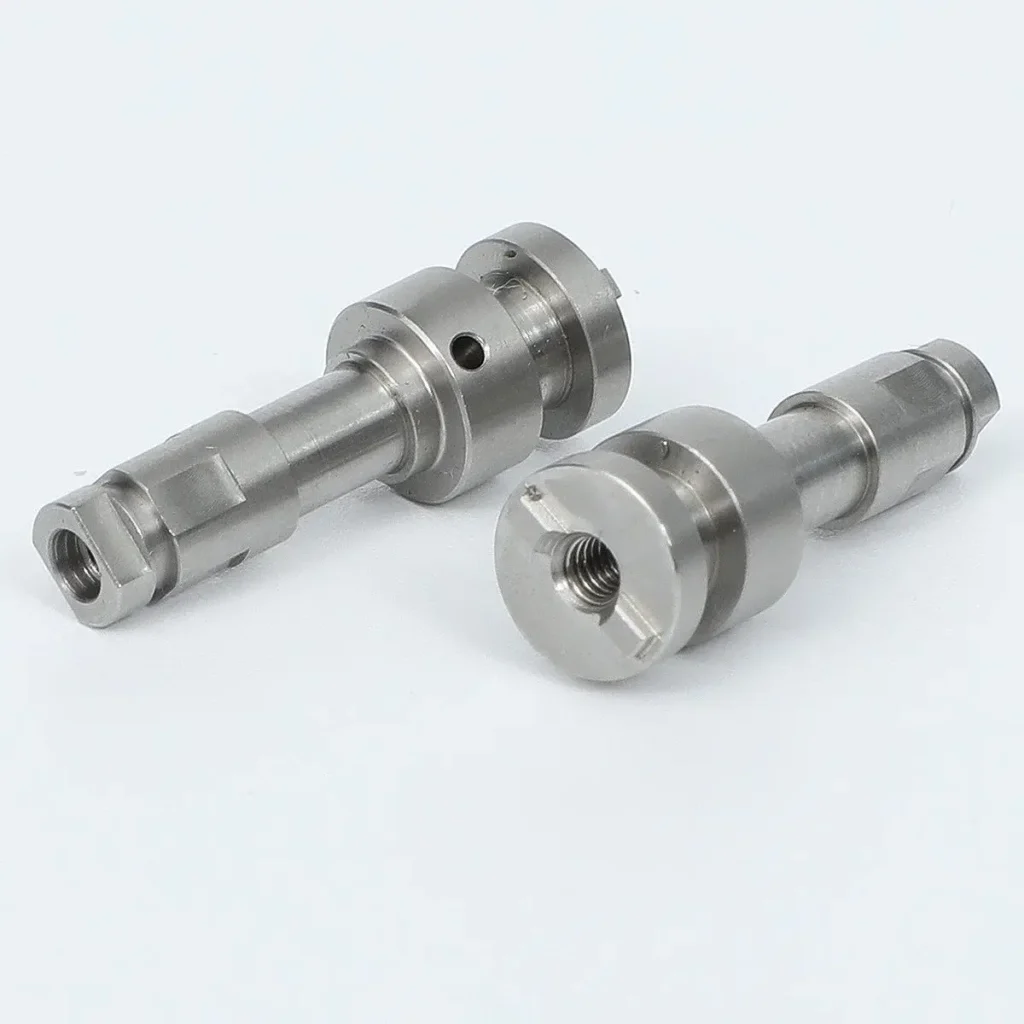
2.Why Turning Parts Manufacturing Is Critical
• Precision and Accuracy: One of the main benefits of using a turning parts manufacturer is its unparalleled precision. Lathes ensure that components are symmetrical and meet the required specifications.
• Versatility: Whether it’s a brass turning part or a component made from steel, aluminum or plastic, turning parts manufacturing work well with a wide range of materials.
• Efficiency: Given the automated nature of modern lathes, manufacturers can quickly produce large numbers of parts, ensuring timely delivery of large projects.
3.Cross-Industry Applications
Turning parts manufacturing are not limited to a single industry. Its versatility ensures its presence in multiple industries:
• Automotive: Precision is critical in the automotive industry. From engine components to complex dashboard parts, turned manufacturing plays a key role.
• Aerospace: The aerospace sector requires components that are both lightweight and durable. Turning parts, especially brass and aluminum parts, are well suited to this requirement.
• Construction: In construction, the strength and durability of materials are crucial. Turning parts manufacturing ensure that bolts, screws and other fixtures are up to standard.
• Manufacturing: Whether it’s machinery, tools or equipment, turning parts are an integral part of the manufacturing industry, ensuring that equipment functions optimally.
4.Advanced Technologies in Turning Parts Manufacturing
As technology advances, so too does component manufacturing. While traditional methods are still prevalent, they are now complemented by state-of-the-art technology to improve precision and efficiency.
1) CNC Turning
CNC turning has revolutionized the manufacturing of turning parts. This method uses computer controls to operate and manipulate the lathe, ensuring greater accuracy in the production of parts.
The ability to program the machine allows for the creation of complex designs that were once considered challenging or impossible to achieve through manual methods.
2) Multi-axis Turning
While traditional lathes operate on the X and Z axes, modern lathes can operate on multiple axes. This multi-axis turning capability enables the machine to perform turning and drilling or milling operations simultaneously. This capability reduces the need for secondary operations, ensuring faster production times and greater accuracy.
3) Innovation in Materials and Technology
When we look at the current component manufacturing landscape, it is clear that innovation in materials and technology will play a key role in shaping the future of turning parts manufacturing.
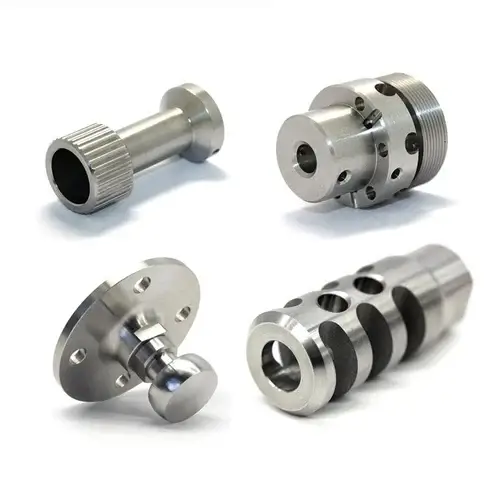
4) Advanced Materials
The introduction of new advanced materials promises to redefine the capabilities of turned component manufacturing. These materials are designed to be more durable, lightweight, and adaptable to meet specific industry needs. For example, the development of high-strength, corrosion-resistant alloys can improve the life and performance of parts in harsh environments.
5) Hybrid Manufacturing
Hybrid manufacturing combines the advantages of additive manufacturing (3D printing) and subtractive manufacturing (turning, milling) processes. This approach allows manufacturers to build parts layer by layer and improve them using traditional machining techniques. This combination ensures rapid prototyping, customization, and improved precision of the final product.
6) Real-time Monitoring and Feedback
Integrating sensors and advanced monitoring systems in lathes and CNC machines will enable real-time feedback during the manufacturing process. This means that any deviations or errors can be detected and corrected immediately, ensuring consistent quality and reducing waste.
7) Collaborative Robots in Manufacturing
The rise of collaborative robots, or “cobots,” in the manufacturing industry cannot be ignored. Unlike traditional robots that operate in isolation, cobots work alongside human operators. In turned part manufacturing, cobots can handle repetitive tasks, assist with precision operations, and ensure that the human workforce can focus on complex value-added activities.
The synergy between humans and robots promises to increase the efficiency and precision of the manufacturing process to unprecedented levels.
5.Challenges in Turning Parts Manufacturing
Like any other manufacturing process, turning parts manufacturing come with its own set of challenges:
• Material limitations: While materials such as brass, aluminum, and steel are widely used, some materials are difficult to turn due to their hardness or brittleness.
• Tool wear: Continuous machining causes tool wear, which affects the quality of turning parts. Regular maintenance and tool replacement is essential to maintain the required accuracy.
• Complex designs: While advanced technology has made it easier to produce complex designs, some designs still require modifications due to their complexity or ultra-fine details.
6.The Future of Turning Parts Manufacturing
The future of turning parts manufacturing look bright. As technology continues to advance, the boundaries of possibility continue to expand. Automation, combined with artificial intelligence, may soon play a key role in further improving the precision and efficiency of the process.
In addition, as the industry demands more customized solutions, turning parts manufacturers will need to adapt, innovate, and provide customized solutions to meet these changing needs.
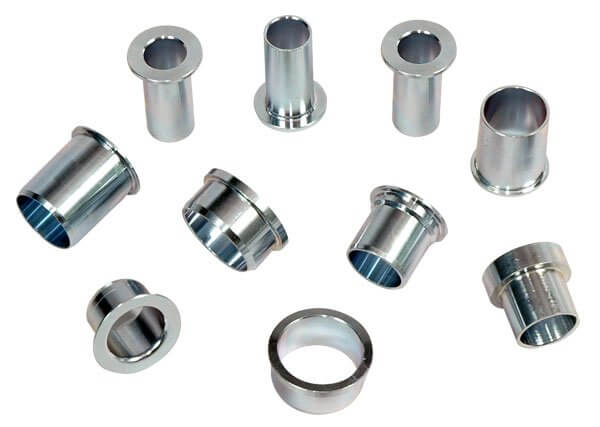
7.The Convergence of AI and Machine Learning
The next frontier in component manufacturing is the integration of artificial intelligence and machine learning. These technologies are more than just buzzwords; they will revolutionize the way turning parts manufacturing operates.
1) Predictive Maintenance
With AI algorithms, manufacturers can predict when a machine is likely to fail or when a tool will need to be replaced. This predictive maintenance ensures that downtime is minimized because parts can be replaced or repaired before a breakdown occurs, increasing efficiency and reducing costs.
2) Quality Control and Assurance
ML (machine learning) models can be trained to identify defects or inconsistencies in manufactured parts. By analyzing thousands of images and data points, these models can detect the slightest deviations from the required specifications, ensuring that only the highest-quality components make it through the production line.
3) Process Optimization
AI can analyze large amounts of data to determine the most efficient manufacturing process. By evaluating variables such as tool speed, material feed rate, and environmental conditions, AI can make optimization recommendations to increase production speed while maintaining or improving the quality of Turning Parts.
4) Digital Twin in Manufacturing
It is a virtual representation of a physical product or process. In the context of turning parts manufacturing, a digital twin can simulate the entire manufacturing process, from raw materials to finished product. This virtual modeling enables manufacturers to:
• Test and improve: Before actual production begins, different methods and technologies can be tested in a virtual environment, ensuring the best results in the real world.
• Real-time monitoring: By feeding data into the digital twin through sensors, manufacturers can monitor the production process in real time, making adjustments as needed to ensure the best results.
• Forecast and plan: By analyzing the data from the digital twin, manufacturers can predict production needs, plan maintenance, and ensure that the manufacturing process is smooth and efficient.
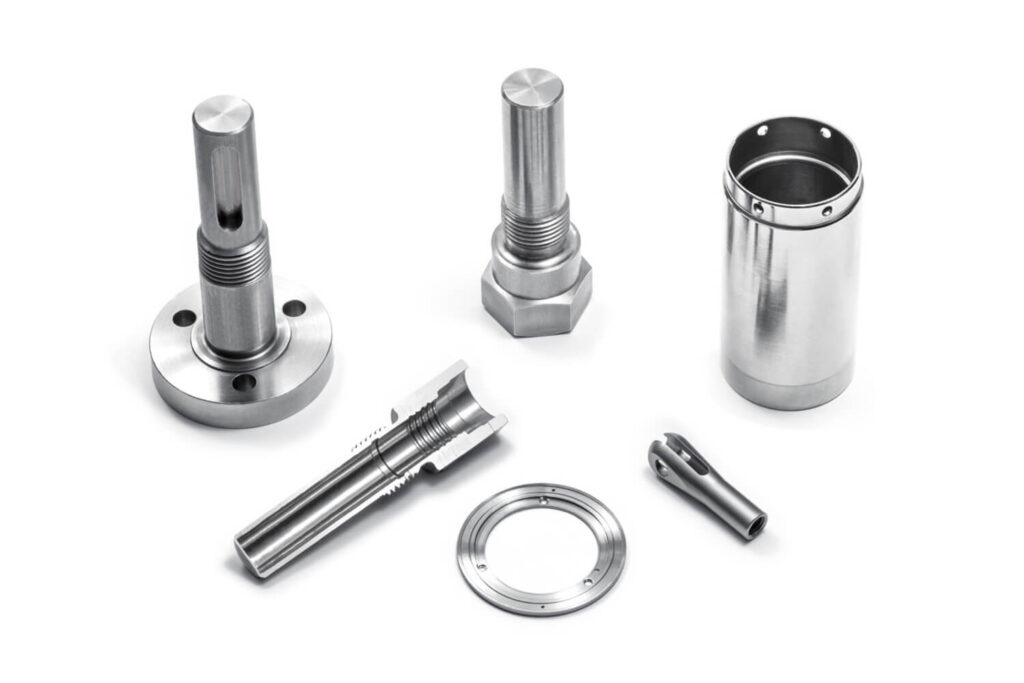
8.In the end
The sophisticated world of turning parts manufacturing has seen the wonders of modern engineering and technology. From foundational methods to the latest innovations such as artificial intelligence, machine learning, and digital twins, the field continues to evolve, providing unparalleled precision and efficiency.
Xavier is at the forefront of this change, ensuring that the industry benefits from the best that turning parts manufacturing has to offer. Looking ahead, it is clear that the fusion of traditional craftsmanship with cutting-edge technology will continue to shape the industry, drive progress, and set new benchmarks in manufacturing excellence.
